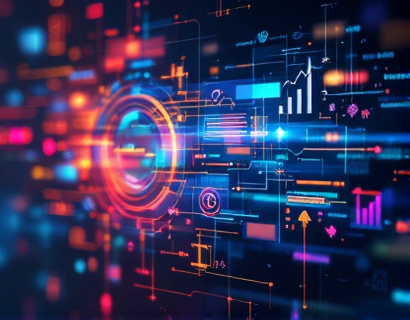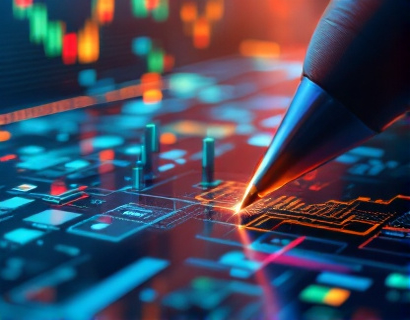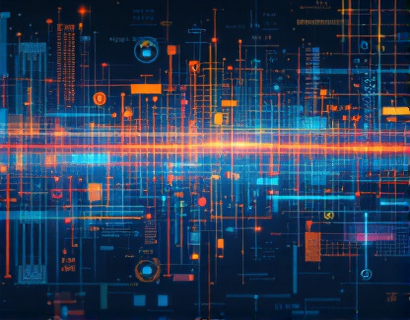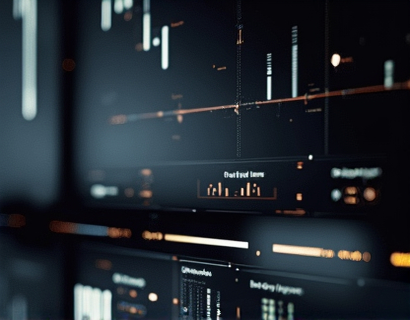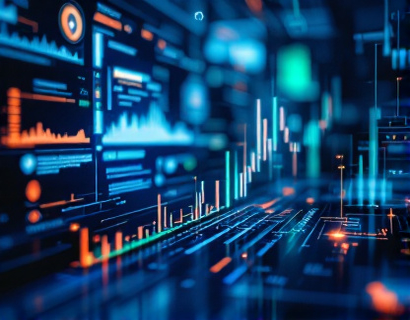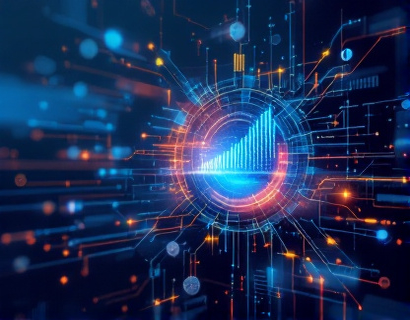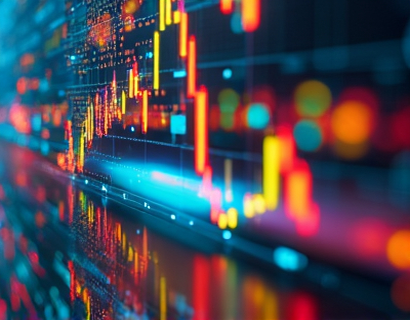Blockchain for Art: Secure and Decentralized Tracking of Historical Artifacts and Cultural Treasures
Blockchain technology, originally designed to support cryptocurrencies, has found a novel application in the art world, revolutionizing the way historical artifacts and artworks are tracked, authenticated, and managed. This technology offers a secure and transparent method to verify the authenticity and provenance of cultural treasures, ensuring secure ownership and fostering trust among collectors, museums, and cultural institutions. The integration of blockchain in the art sector is pivotal for the preservation and management of our shared cultural heritage, addressing longstanding issues of forgery, misattribution, and loss of provenance.
The art market has long been plagued by challenges related to the authenticity and provenance of artworks. Forgeries and misattributions have been a persistent problem, often going undetected until the artwork is sold or exhibited. The lack of a reliable and transparent system to track the history and ownership of art pieces has led to significant financial losses and damage to reputations. Blockchain technology addresses these issues by providing an immutable and decentralized ledger that records every transaction and change of ownership, creating a tamper-proof history for each artwork.
One of the key features of blockchain is its decentralized nature. Unlike traditional databases managed by a central authority, blockchain distributes data across a network of computers, making it extremely difficult to alter or manipulate. This decentralization ensures that no single entity has control over the entire ledger, reducing the risk of fraud and increasing trust among all parties involved. For collectors and institutions, this means a higher level of security and confidence in the authenticity and ownership of their art collections.
Provenance, or the history of ownership and exhibition of an artwork, is crucial for determining its value and authenticity. Traditional methods of verifying provenance often rely on paper records, which can be lost, damaged, or falsified. Blockchain provides a digital and immutable record of an artwork's entire history, from its creation to the present day. Each transaction, including purchases, exhibitions, and restorations, is recorded as a block in the chain, linked to the previous block through cryptographic hashes. This creates a transparent and verifiable trail that can be accessed by authorized parties at any time.
The application of blockchain in the art world extends beyond mere tracking of ownership. It also enhances the process of authentication. Experts can use blockchain to cross-reference an artwork's history with known data about the artist, materials, and historical context. This cross-verification helps in identifying potential forgeries and ensuring that the artwork is genuine. For instance, blockchain can store detailed information about the materials used, the techniques employed, and any unique features that distinguish the piece from reproductions or lesser works.
For museums and cultural institutions, blockchain offers a robust solution for managing their collections. These institutions often hold vast and valuable collections, and ensuring the authenticity and provenance of each piece is critical. Blockchain can streamline the cataloging process, providing a secure and accessible database that can be shared among multiple institutions. This interoperability facilitates collaboration and research, allowing experts from different fields to contribute to the understanding and preservation of cultural heritage.
Moreover, blockchain can help in the repatriation of cultural artifacts. Many cultural treasures have been displaced due to conflict, theft, or colonialism, and their rightful ownership and return to their countries of origin is a complex and often contentious issue. Blockchain can provide a clear and verifiable record of an artifact's history, supporting claims of ownership and aiding in the legal process of repatriation. This technology can thus play a significant role in the ethical and legal management of cultural heritage.
The benefits of blockchain in the art world are not limited to individual collectors and institutions. It also empowers art enthusiasts and the broader public by increasing transparency and accessibility. Collectors can verify the authenticity and provenance of potential purchases with greater ease, reducing the risk of buying a forgery. Enthusiasts and researchers can access detailed and reliable information about artworks, enhancing their understanding and appreciation of cultural treasures. This democratization of information fosters a more informed and engaged community of art lovers and professionals.
However, the adoption of blockchain in the art sector is not without challenges. One of the primary hurdles is the need for widespread acceptance and standardization. For blockchain to be effective, it must be adopted by a significant portion of the art market, including galleries, auction houses, and private collectors. Establishing industry standards for blockchain implementation is crucial to ensure interoperability and consistency across different platforms and systems.
Another challenge is the technical complexity of blockchain technology. Many stakeholders in the art world may not have the necessary expertise to fully understand and utilize blockchain solutions. Education and training programs are essential to bridge this knowledge gap and facilitate the adoption of blockchain in the art sector. Additionally, the integration of blockchain with existing systems and databases requires careful planning and coordination to avoid disruptions and ensure seamless operations.
Despite these challenges, the potential benefits of blockchain in the art world are substantial. By providing a secure, transparent, and decentralized method for tracking and verifying the authenticity and provenance of artworks, blockchain can significantly enhance the trust and integrity of the art market. This, in turn, can lead to increased investment, preservation, and appreciation of cultural heritage. As more players in the art industry recognize the value of blockchain, we can expect to see more innovative applications and a broader adoption of this transformative technology.
In conclusion, blockchain technology is poised to revolutionize the way we manage and preserve historical artifacts and cultural treasures. Its ability to provide a secure and transparent ledger for tracking ownership and provenance addresses longstanding issues in the art market, fostering trust and collaboration among collectors, museums, and cultural institutions. As the art world continues to embrace this technology, we can look forward to a future where the preservation and appreciation of our shared cultural heritage are more secure and accessible than ever before.




